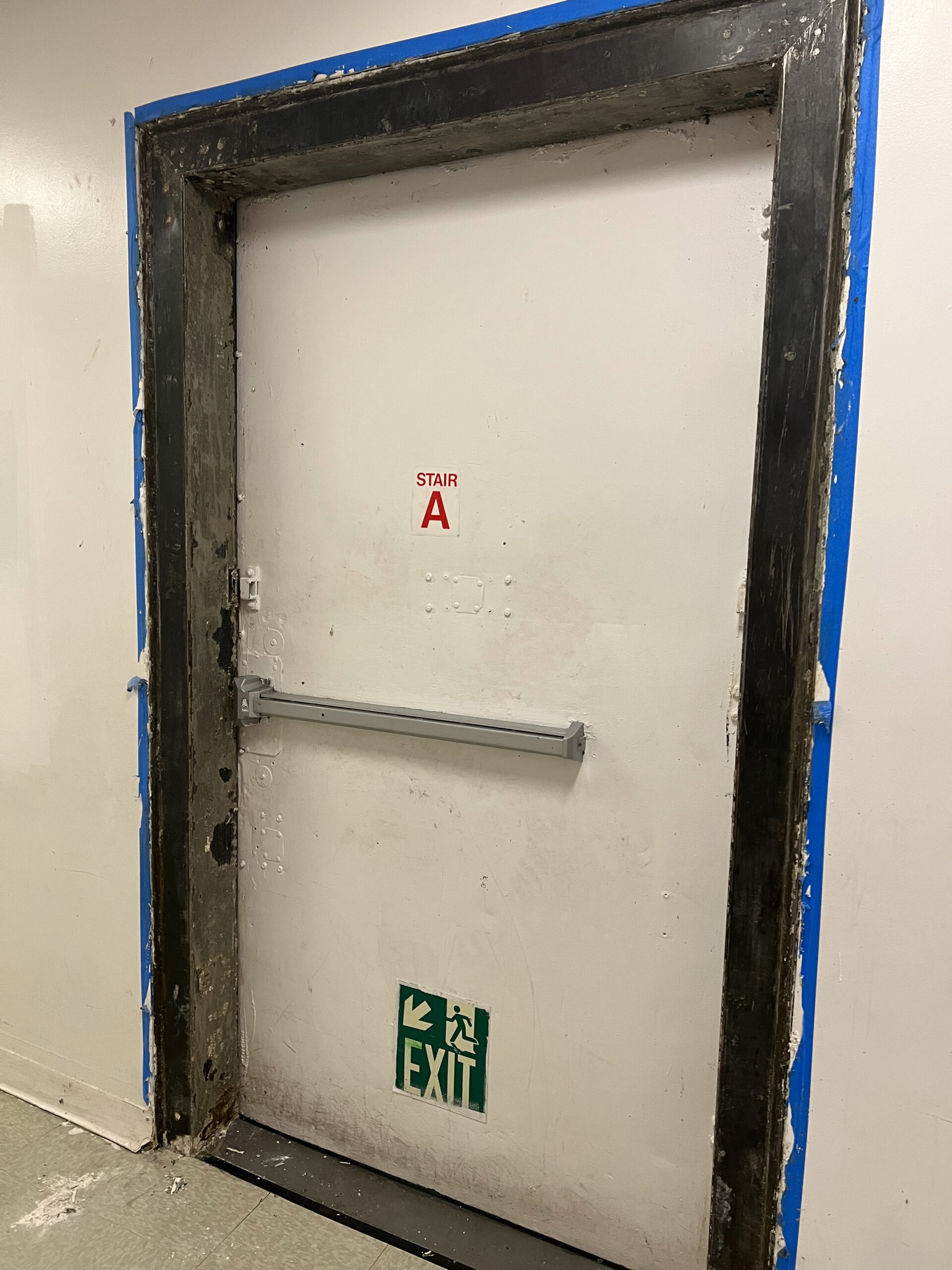Comprehensive Overview on Effective Lead Offense Elimination Techniques
In the world of environmental safety, resolving lead infractions demands a thorough and organized method. This thorough overview begins by highlighting the critical first steps of identifying lead threats via sophisticated assessment and testing methods. The guide specifies on the value of adhering to rigid safety methods during the elimination process, consisting of the use of appropriate PPE and isolating affected areas.
Identifying Lead Hazards
Determining lead dangers is a critical first step in reducing the dangers connected with lead direct exposure. Lead, a toxic metal, can be present in various environmental mediums, including paint, soil, water, and dust.
The preliminary stage in recognizing lead hazards involves understanding common lead sources within the built environment. Structures built before 1978 are particularly vulnerable due to the prevalent use lead-based paint during that duration. In addition, dirt contamination can take place from weakening exterior paint, industrial emissions, or historic use leaded gas.
One more considerable source is lead piping and plumbing fixtures, which can leach lead right into alcohol consumption water. Customer products such as toys, porcelains, and imported items may likewise include damaging lead levels. Notably, job-related settings and hobbies including lead can track pollutants into homes.
Evaluation and Testing
When resolving lead threats, reliable analysis and testing are paramount. Preliminary assessment generally involves a visual evaluation to recognize prospective lead resources, such as weakening paint or polluted dirt.

Dirt clean sampling is one more important technique, especially in household settings. By gathering examples from floorings, windowsills, and other surfaces, this technique gives insights into prospective direct exposure threats. Additionally, dirt screening around structure borders is important to discover lead contamination that can posture risks, particularly to kids.
Safe Removal Procedures
Upon completing extensive analysis and screening, applying secure elimination treatments is the next critical phase in addressing lead hazards. This procedure ensures that lead-contaminated materials are effectively and safely eradicated, minimizing danger to both workers and locals. The initial step entails separating the afflicted area making use of plastic bed linen and appropriate sealing techniques to avoid the spread of lead dust.
Employees have to wear ideal individual safety devices (PPE), including respirators, handwear covers, and non reusable coveralls, to reduce exposure. Employing specialized devices and damp techniques, such as wet fining sand or utilizing HEPA-filtered vacuums, reduces the diffusion of lead bits. It is essential to avoid completely dry fining sand or unpleasant blowing up, as these techniques can generate damaging lead dust.
Waste disposal is an additional essential part; all polluted materials must be securely nabbed and labeled according to EPA and local policies. Furthermore, extensive cleansing of the workspace with HEPA vacuums and damp wiping ensures the removal of recurring lead particles.
Post-Removal Verification

Confirmation of successful lead elimination, recognized as post-removal verification, is crucial to make certain the safety and habitability of the remediated area. This examination ensures that all recognized sources of lead have actually been addressed and that no visible indications of contamination continue to be.
Following the visual assessment, ecological tasting is performed. This entails accumulating dust, soil, and in some cases water samples from the remediated area. Certified research laboratories evaluate these samples to determine lead degrees, guaranteeing they fall below the security thresholds try this out developed by governing bodies such as the Epa (EPA)
On top of that, air high quality testing might be executed to detect air-borne lead particles, especially in instances where considerable lead-based paint elimination or remodelling has taken place. The outcomes of these tests provide measurable data confirming that the lead degrees are within permitted limitations.
Eventually, post-removal verification functions as a crucial checkpoint, confirming the performance of the lead abatement initiatives and securing the health of occupants and visitors.
Preventive Actions and Upkeep

An essential safety net includes the use of lead-safe accredited professionals for any type of improvement, repair service, or paint tasks. These professionals are educated in methods that lessen lead dirt and particles. Additionally, maintaining coloured surface areas to stay clear of you can check here breaking or peeling off is crucial, as weakening paint can release lead particles right into the environment.
Educational initiatives targeting building owners and tenants regarding the risks of lead and the relevance of reporting any potential hazards can further enhance precautionary efforts. Regular cleansing making use of HEPA vacuum cleaners and damp wiping strategies can substantially decrease lead dust accumulation.
Conclusion
In summary, effective lead infraction elimination demands a thorough technique encompassing comprehensive analysis, precise screening, and strict removal treatments. Making sure Recommended Site security with appropriate isolation and individual safety equipment continues to be vital. Post-removal verification via ecological tasting and air top quality testing validates compliance with recognized safety and security criteria. Ongoing inspections and maintenance are important to mitigate future lead risks, thus protecting public wellness and making sure sustained compliance with regulative requirements.